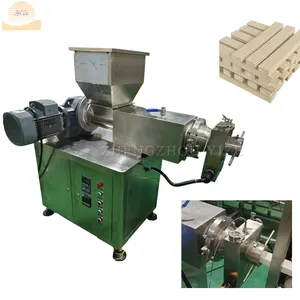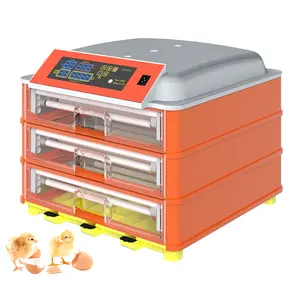Popular in your industry







































































































































































































Top categories
About electric spindles
Introduction to Electric Spindles
Electric spindles are advanced rotary devices used in various industries for tasks such as milling, drilling, and grinding. These spindles are known for their high-speed performance and precision, making them essential components in manufacturing processes that require intricate and accurate machining. With the ability to operate at different speeds and handle varying loads, electric spindles play a crucial role in achieving efficiency and quality in industrial operations.
Design and Technical Specifications
Typically, electric spindles consist of a motorized spindle, which houses the motor, bearings, and shaft. The design is crucial for ensuring stability, vibration reduction, and heat dissipation during operation. These spindles are available in different configurations, including belt-driven, direct-driven, and built-in motor spindles, catering to diverse machining requirements.
The technical specifications of electric spindles vary based on factors such as power rating, speed range, torque capacity, and tool holding options. High-speed electric spindles can reach rotational speeds of up to 60,000 RPM or more, enabling quick and precise material removal. Additionally, advanced cooling systems are integrated into the spindles to maintain optimal operating temperatures and enhance longevity.
Applications in Various Industries
Electric spindles find applications across a wide range of industries, including automotive, aerospace, medical, and mold making. In the automotive sector, these spindles are used for manufacturing engine components, transmission parts, and body panels with high accuracy and surface finish. The aerospace industry relies on electric spindles for producing intricate aerospace components that demand tight tolerances and superior quality.
Moreover, in the medical field, electric spindles are utilized in the production of medical devices, implants, and surgical instruments. The ability of these spindles to work with various materials such as metals, plastics, and composites makes them versatile for different machining applications.
Advantages of Electric Spindles
The use of electric spindles offers several advantages, including high precision, repeatability, and efficiency in machining operations. The precise control of speed and cutting parameters allows for intricate detailing and complex geometries to be achieved accurately. Additionally, the high-speed capabilities of electric spindles result in reduced cycle times and increased productivity.
Furthermore, electric spindles contribute to improved surface finishes, minimized tool wear, and enhanced overall machining quality. The ability to integrate with CNC machines and automated systems enhances the overall efficiency and reliability of industrial processes.
Choosing the Right Electric Spindle
When selecting an electric spindle for a specific application, several factors need to be considered, such as the required speed range, power rating, tool interface, and cooling mechanism. Understanding the material to be machined and the desired precision level is crucial in choosing the appropriate spindle type.
Additionally, assessing the compatibility of the electric spindle with existing machinery, tooling systems, and control interfaces is essential for seamless integration and optimal performance. Collaborating with experienced suppliers and manufacturers on platforms like Alibaba.com can provide valuable insights and guidance in selecting the right electric spindle for your industrial needs.








































